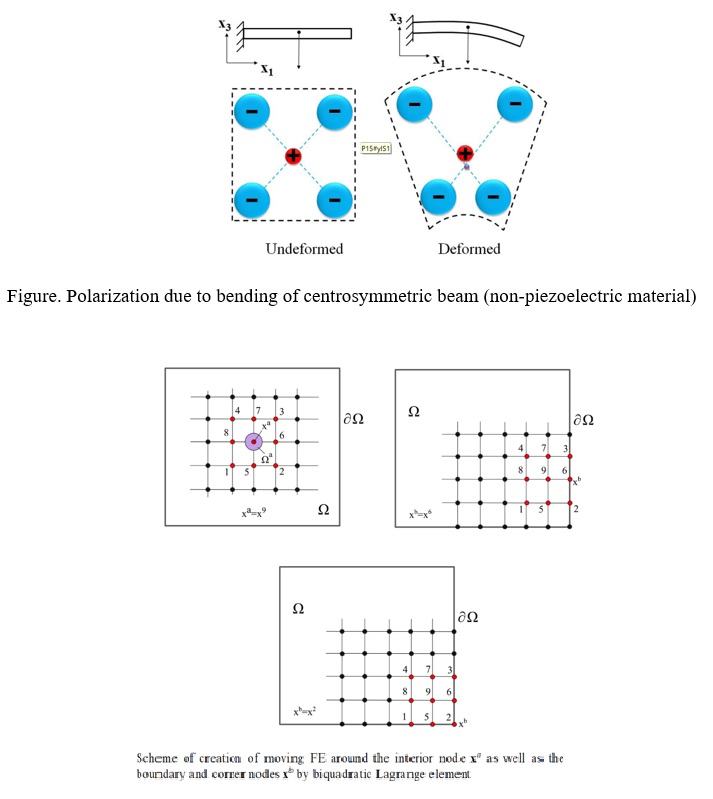Modelling and numerical simulations coupled field effects in micro/nano structural elements
It is well known that the classical continuum theories are scale invariant and do not describe the size effects in specimen, that are experimentally observable in micro/nano elements. Atomistic models are unusable due to hardware limitations and are also unsuitable for obtaining a specimen’s global response to external loads. Models of generalized continuum theory turn out to be the most feasible. Due to higher order derivatives in continuum gradient theories, standard numerical computational techniques are impractical and unreliable. Taking into account microstructural aspects, progressive models were developed for many multiphysical problems: thermal and electrical energy conversion, photo-thermoelastic analysis of a semiconductor micro/nano beam resonator, modelling of functionally graded micro/nano plates, crack problems in quasi-crystals and thermoelastic materials, modelling of piezoelectric and flexoelectric effects. Three progressive computational methods (mixed finite element method, moving finite element approximation method, meshless method with MLS approximation) were developed and implemented for numerical solution of problems with high order derivatives of field variables. The proposed computational techniques have been verified in many numerical experiments and the numerical simulations have provided useful explanations of the phenomena in the micro/nano structures.


 contact
contact